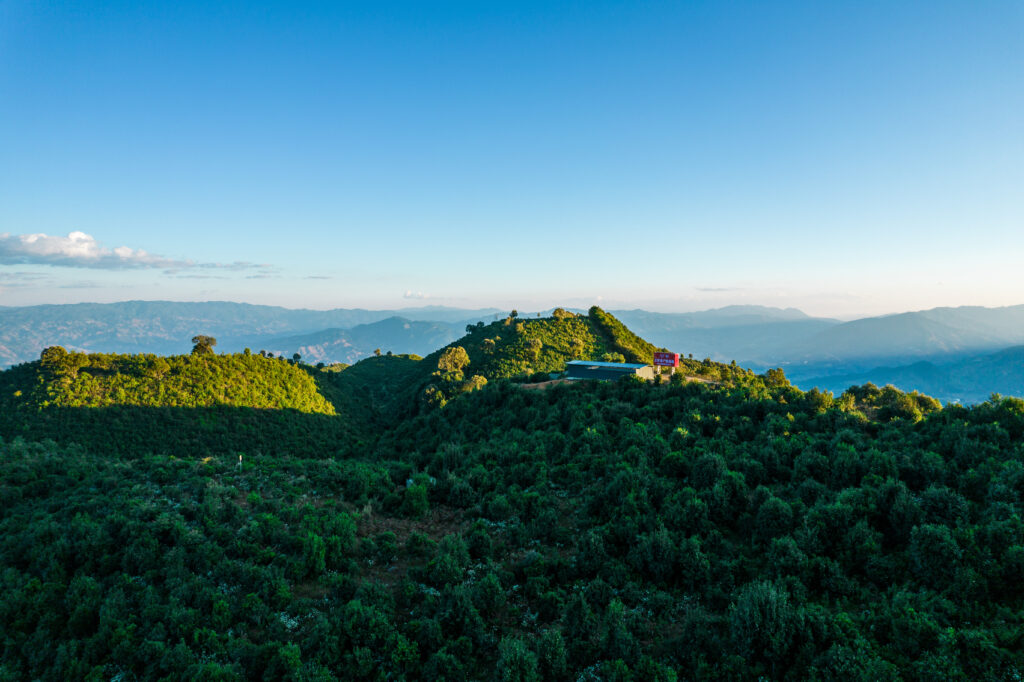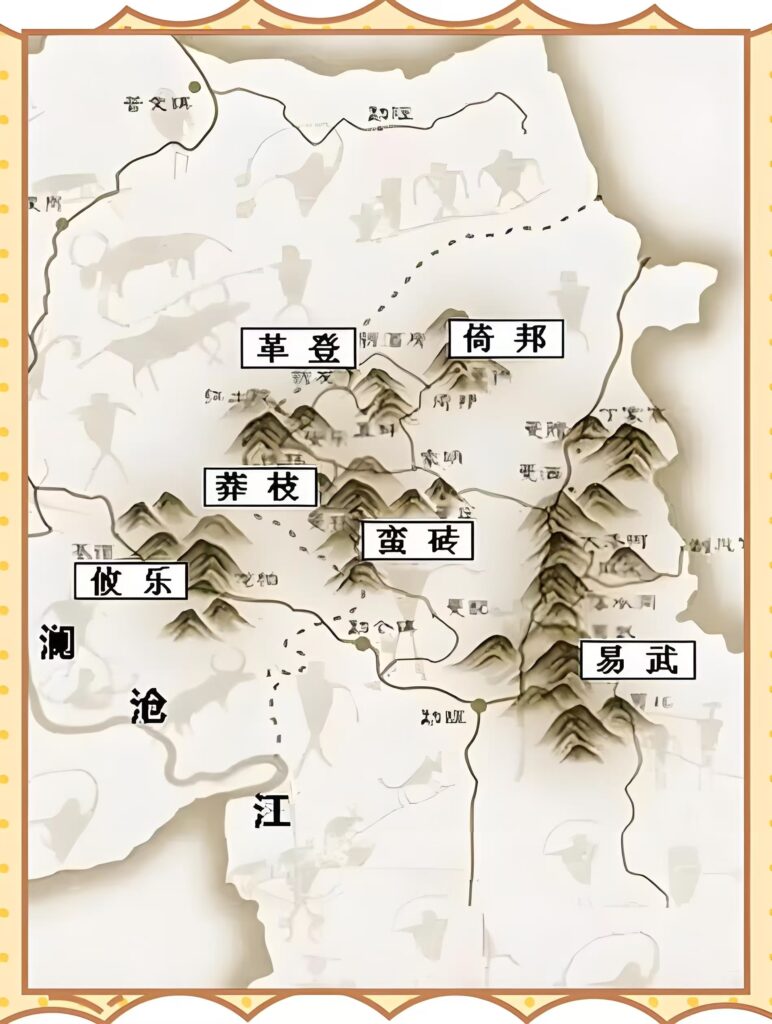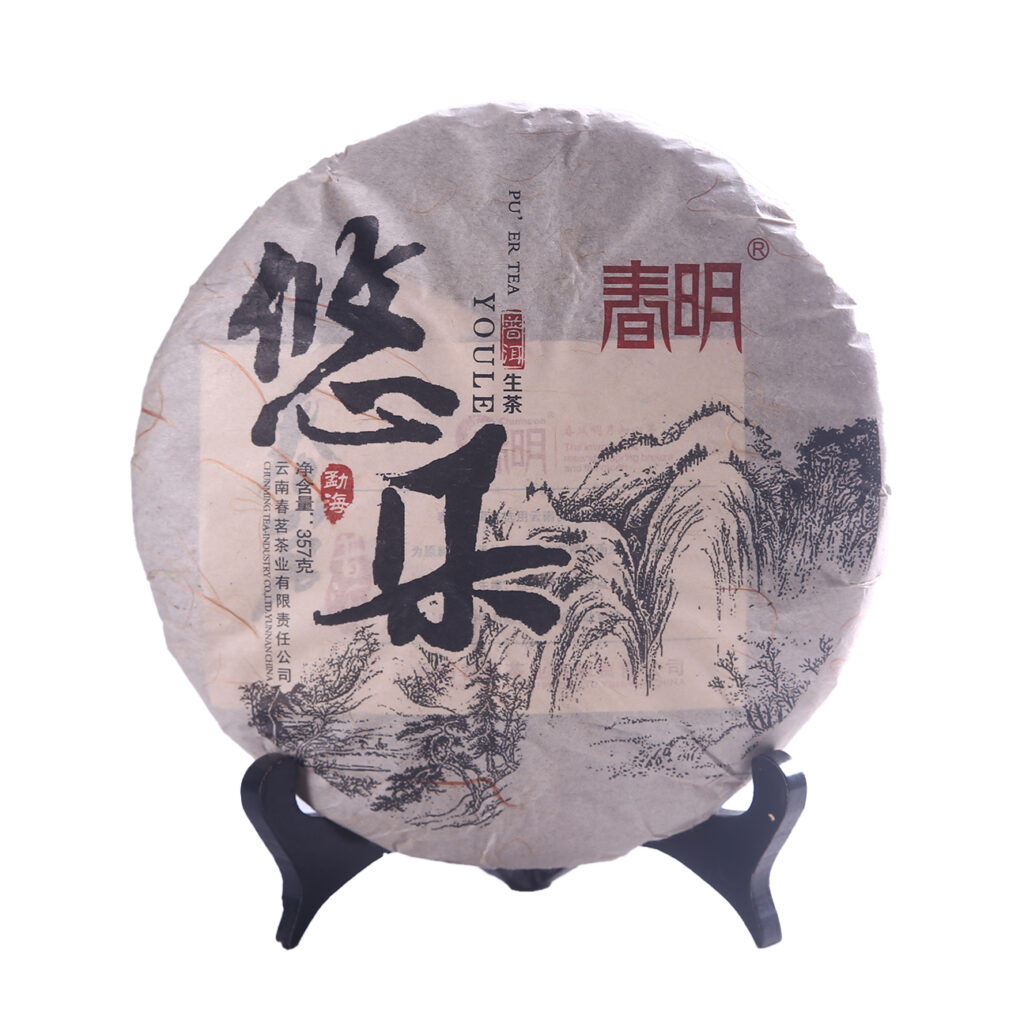Discover the Six Famous Tea Mountains of Yunnan: The Soul of Pu-erh Tea

Юнан, located in the southwest of China, is widely regarded as the birthplace of Pu-erh tea. Among its vast tea-producing regions, the Six Famous Tea Mountains stand out as the core heritage zone of Pu-erh tea culture. With centuries of tea cultivation history and unique terroir, these mountains have become synonymous with quality and tradition.
In this guide, we explore the characteristics of Pu-erh tea from each of Yunnan’s Six Famous Tea Mountains, offering insight into what makes them special and sought after by tea lovers worldwide.
What Are Yunnan’s Six Famous Tea Mountains?

Traditionally located in Mengla County, Xishuangbanna, the Six Famous Tea Mountains (六大茶山) include:
- Youle (攸乐山)
- Gedeng (革登山)
- Yibang (倚邦山)
- Manzhuan (蛮砖山)
- Mangzhi (莽枝山)
- Mansa (曼撒山)
These mountains lie east of the Lancang River (Mekong), thriving under subtropical rainforest conditions — high humidity, misty weather, and fertile soil — making them ideal for ancient tea trees to flourish.
Pu-erh Tea Profiles of the Six Tea Mountains

1. Youle Mountain
- Location: Near Jinghong City
- Features: One of the oldest tea-producing areas; rich with ancient tea gardens.
- Flavor Profile: Golden, clear liquor; smooth and mellow with a fast, sweet aftertaste.
- Best For: Drinkers who prefer soft, aromatic, and elegant Pu-erh tea.
2. Gedeng Mountain
- Location: Bordering Manzhuan
- Features: High altitude with well-preserved ancient tea trees.
- Flavor Profile: Bold and powerful tea energy; moderate bitterness; deep throat sensation.
- Best For: Experienced Pu-erh enthusiasts seeking strong flavor and depth.
3. Yibang Mountain
- Location: Higher elevation among the six mountains
- Features: Famous imperial tribute tea origin; mostly small-leaf variety.
- Flavor Profile: Light and floral, with enduring fragrance and natural sweetness.
- Best For: Those who enjoy delicate floral aromas in Pu-erh.
4. Manzhuan Mountain
- Location: Neighboring Yibang
- Features: Abundant ancient tea trees; clear and gentle style.
- Flavor Profile: Thick and sweet taste; excellent brewing endurance.
- Best For: Value-conscious tea lovers who like balanced, sweet Pu-erh.
5. Mangzhi Mountain
- Location: High-altitude and ecologically rich
- Features: Slow-growing tea trees with potent internal quality.
- Flavor Profile: Heavier body; stable aroma; deep and lasting aftertaste.
- Best For: Those who enjoy rich mouthfeel and seek aging potential.
6. Mansa Mountain
- Location: Core area east of the Lancang River
- Features: Concentrated distribution of ancient trees; highly representative Pu-erh.
- Flavor Profile: Bright liquor; smooth and full-bodied with complex “cha qi” (tea energy).
- Best For: Collectors and purists looking for classic Pu-erh expression.
Why Are These Six Mountains So Important?

✅ Pristine Ecology – Remote forests with little pollution, ideal for pesticide-free cultivation
✅ Ancient Tea Trees – Many trees are over a hundred years old, producing complex flavors
✅ Cultural Heritage – Once used for tribute tea during the Tang and Qing dynasties
✅ Flavor Diversity – Each mountain offers a unique taste and aging profile
Frequently Asked Questions (FAQ)
Q1: Are all teas from the Six Famous Tea Mountains Pu-erh tea?
Yes. These mountains are historically known for producing high-quality Pu-erh tea, both raw (sheng) and ripe (shou) styles.
Q2: Is tea from the Six Mountains suitable for aging and collection?
Absolutely. Pu-erh from these mountains is often made from old-growth trees, with excellent structure and depth, making it ideal for long-term storage and investment.
Q3: What is “mountain character” or “shan tou qi” in Pu-erh tea?
It refers to the unique terroir-based characteristics each tea exhibits due to its specific origin. The six mountains each offer distinct “mountain character” in terms of aroma, taste, and energy.
Q4: Are these teas beginner-friendly?
Yes! Beginners can start with Yibang or Manzhuan, which are sweeter and more approachable, then explore stronger profiles like Gedeng or Mangzhi.
Conclusion: Start Your Pu-erh Journey with the Six Famous Tea Mountains
If you’re looking for authentic, complex, and collectible Pu-erh tea, Yunnan’s Six Famous Tea Mountains offer an unparalleled starting point. Each mountain tells a story through its tea — a story of heritage, nature, and craft.
📞 For inquiries, wholesale, or to explore our curated Pu-erh collection from these legendary tea mountains, feel free to reach out to us: